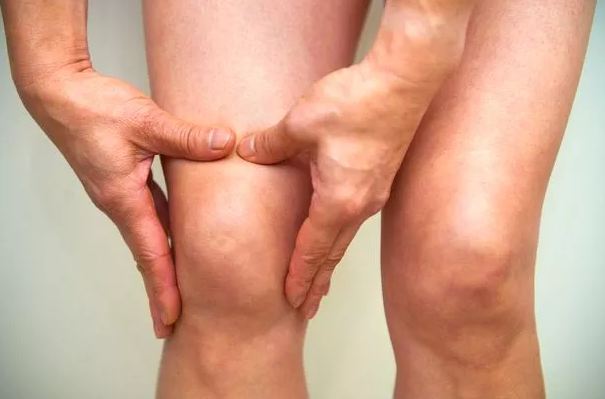Heart failure is often associated with symptoms like chest pain or shortness of breath, but one of the most common warning signs can actually show up in your legs. Swollen legs, ankles, or feet might seem like a minor issue, especially after a long day, but they could signal something much more serious congestive heart failure.
Understanding this lesser-known symptom could be critical to identifying heart problems early and seeking proper treatment before it’s too late.
What Is Congestive Heart Failure?
Congestive heart failure (CHF) is a condition in which the heart becomes too weak to pump blood efficiently. As a result, blood and fluids can build up in different parts of the body, especially the lower extremities. When your heart can’t keep up with your body’s needs, fluid leaks into surrounding tissues. This leads to swelling, a symptom also known as edema. In many cases, the swelling starts gradually and may first be noticed in the legs, ankles, or feet.

Why Legs Are Affected First
Gravity plays a major role in why this symptom appears in the legs. When blood isn’t being pumped efficiently, it tends to pool in the lower parts of the body, especially if a person sits or stands for long periods. The feet and ankles are furthest from the heart, making them particularly vulnerable to fluid accumulation. This swelling often becomes more noticeable at the end of the day or after extended inactivity and may be accompanied by other signs like tightness, heaviness, or discomfort in the legs.
Recognizing the Symptoms
Swelling in the legs is not always due to heart failure—it can be caused by minor injuries, standing too long, or even certain medications. However, there are specific warning signs that suggest the swelling might be related to your heart:
- Persistent or worsening swelling
- Swelling in both legs (not just one)
- Shortness of breath, especially when lying down
- Fatigue or weakness
- Rapid weight gain (from fluid retention)
- Chest discomfort or irregular heartbeat
If you notice any combination of these symptoms, it’s essential to seek medical advice as soon as possible.
When to See a Doctor
If your legs are swollen frequently, especially with other symptoms like fatigue or breathlessness, it could be time to see your doctor. A healthcare provider may perform tests such as an echocardiogram, electrocardiogram (ECG), or blood tests to determine whether your heart is functioning properly. Early diagnosis of heart failure can greatly improve treatment options and outcomes, helping you manage the condition more effectively.
Managing and Preventing Heart Failure
While heart failure is a serious condition, it can often be managed through lifestyle changes, medication, and regular monitoring. Here are some ways to reduce your risk:
- Eat a heart-healthy diet low in salt and saturated fats
- Stay physically active (as recommended by your doctor)
- Monitor your weight and fluid retention
- Take medications as prescribed
- Quit smoking and limit alcohol
- Manage blood pressure, cholesterol, and diabetes
- Being proactive about your heart health can prevent symptoms from worsening and significantly improve your quality of life.

Final Thoughts
Swollen legs may seem like a harmless inconvenience, but they could be a major red flag for heart failure. Paying attention to your body’s signals—especially subtle ones—can make all the difference. If you notice persistent leg swelling, don’t dismiss it. Speak to a healthcare professional and take steps to protect your heart before more serious problems arise.

















